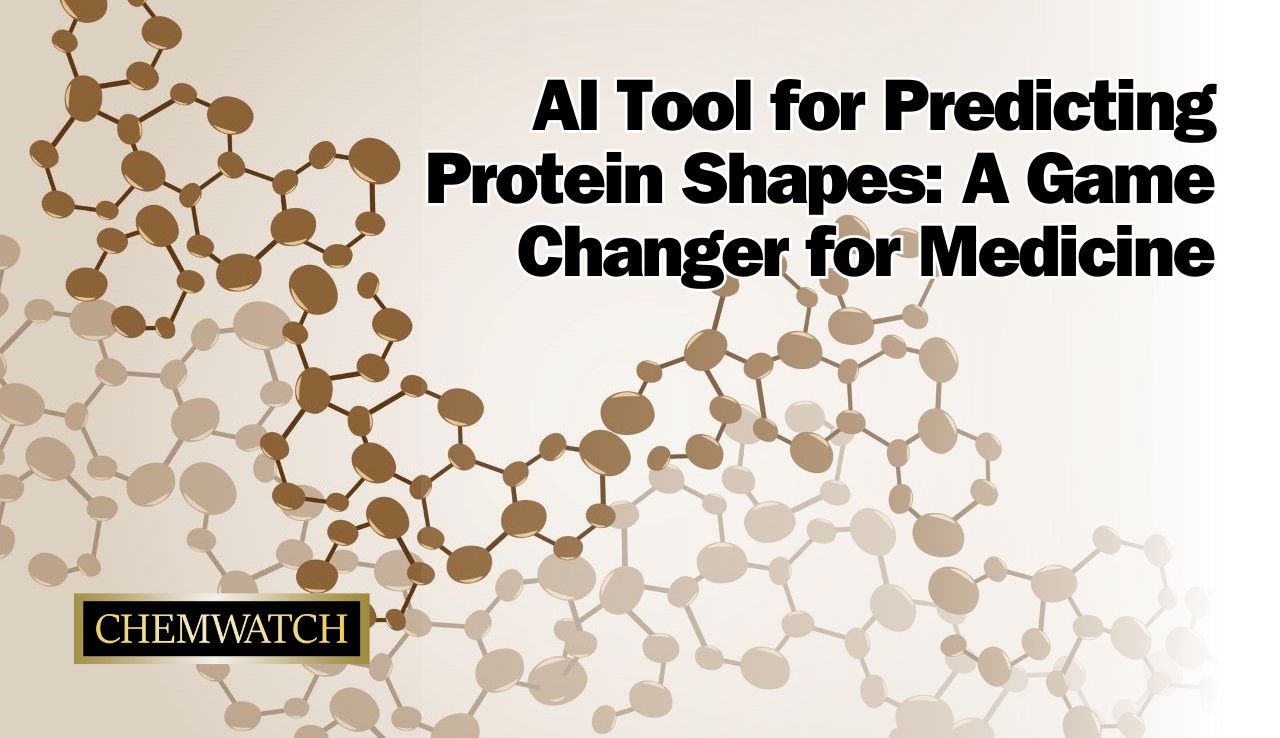
The advent of artificial intelligence (AI) has revolutionised numerous industries, and its latest foray into predicting protein shapes promises to be transformative for medicine. While ushering in a new era of medical possibilities, this groundbreaking technology also presents unique challenges to traditional scientific paradigms. By exploring the capabilities and implications of this AI tool, we can better understand its potential to reshape the landscape of medical research and treatment.

Proteins are fundamental to all biological processes, acting as the building blocks of life. They are involved in nearly every function within a cell, including catalysing metabolic reactions, DNA replication, responding to stimuli, and transporting molecules. The functionality of a protein is intricately linked to its three-dimensional structure. Misfolded proteins can lead to diseases such as Alzheimer's, Parkinson's, and various cancers. Therefore, understanding and predicting the shape of proteins is crucial for drug development, disease treatment, and biotechnological applications.
Traditionally, determining protein structures has been a laborious and time-consuming process, involving techniques like X-ray crystallography, nuclear magnetic resonance (NMR) spectroscopy, and cryo-electron microscopy. While accurate, these methods are not always feasible due to their complexity, cost, and time requirement.
Recent advancements in AI, particularly through Google DeepMind's AlphaFold and similar models, have drastically changed the landscape of protein structure prediction. These AI tools utilise deep learning algorithms to predict the 3D structures of proteins based solely on their amino acid sequences, achieving unprecedented accuracy and speed.
AlphaFold's performance in the Critical Assessment of Protein Structure Prediction (CASP) competition demonstrated its ability to predict protein structures with remarkable accuracy, often rivalling experimental methods. This leap in capability is not just a technical achievement but a potential game changer for various scientific and medical fields.
While the benefits of AI in protein structure prediction are immense, they also present challenges and ethical considerations. One primary concern is the "black box" nature of AI algorithms. The decision-making processes of these models are often opaque, making it difficult for scientists to understand how specific predictions are generated. This lack of transparency can be problematic in scientific research, where reproducibility and validation are key.
Additionally, the rapid adoption of AI technologies raises concerns about data privacy, security, and the potential for misuse. Ensuring that AI tools are used ethically and responsibly is crucial to maximise their benefits while minimising risks.
Moreover, the integration of AI into scientific research challenges traditional notions of scientific proof. AI predictions, while highly accurate, still require experimental validation. The balance between relying on AI predictions and validating them through traditional methods will be critical in maintaining scientific rigour.
The AI tool for predicting protein shapes represents a monumental leap forward in medical research and biotechnology. Its ability to rapidly and accurately predict protein structures opens up new avenues for drug discovery, personalised medicine, and disease treatment. However, as we embrace this transformative technology, it is essential to address the accompanying challenges and ethical considerations to ensure its responsible and effective use.
By continuing to refine these AI tools and integrating them with experimental methods we can harness their full potential to drive scientific discovery and improve human health. The future of medicine, with AI at its core, looks promisingly bright.
Chemwatch produces Safety Data Sheets (SDS) to ensure all your users are aware of the hazards related to the chemicals used in products. If you want to know more about the environmental and health effects of chemicals, or how to minimise risk while working with chemicals, we’re here to help. We have tools to help you with mandatory reporting, as well as generating SDS and Risk Assessments. We also have a library of webinars covering global safety regulations, software training, accredited courses, and labelling requirements. For more information, Contact Us today!
Sources